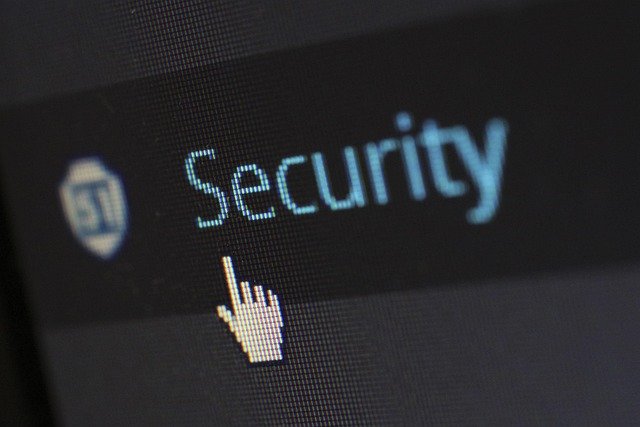Real-Time Threat Monitoring: What Consumers Should Expect
Real-time threat monitoring helps consumers understand active risks to devices and accounts by tracking suspicious activity continuously. This overview explains practical features to look for, how apps respond to incidents, and what protections matter for mobile and desktop users.

Real-time threat monitoring goes beyond simple scans to observe activity patterns, alert users, and enable rapid responses to security events. Consumers should expect continuous detection that balances sensitivity with usability, clear explanations of alerts, and privacy-preserving handling of personal data. Effective monitoring coordinates detection with updates, authentication checks, and backup strategies so that threats such as malware or phishing attempts can be contained while user privacy and device functionality remain intact.
How does monitoring detect malware on mobile devices?
Real-time detection on mobile relies on behavioral and signature-based techniques to spot malware. Modern monitoring systems examine app behaviors, network activity, and file access patterns to identify anomalies. On-device components can intercept suspicious actions while cloud-based analytics correlate events across many devices to refine detection accuracy. Consumers should check that an app explains what it monitors, how it uses permissions, and whether detections are reported locally or sent to remote servers to preserve privacy.
What privacy protections should consumers expect?
Privacy features should limit data collection to what’s necessary for security and provide transparency about how information is used. Strong encryption of telemetry, clear permission prompts, and options to opt out of nonessential data sharing are important. Monitoring tools should document retention policies and whether personal identifiers are anonymized. For mobile users especially, expect granular controls over app permissions, explicit descriptions of collected data, and straightforward settings to manage privacy alongside security functions.
How do antivirus, firewall, and permissions work together?
Antivirus provides scanning and quarantine for known threats, while a firewall controls network access to prevent unauthorized connections. Permissions controls govern what apps can access on a device, reducing the attack surface. In real-time monitoring, these components collaborate: detection may prompt temporary firewall blocks, antivirus may isolate malicious files, and the system may suggest revising app permissions. Consumers should expect coordinated responses that minimize disruption while containing potential threats and explaining recommended changes.
Why are updates, patching, and encryption essential?
Timely updates and patching close vulnerabilities that attackers exploit; monitoring should flag outdated components and offer clear update guidance. Encryption protects data at rest and in transit, reducing the value of intercepted information. Effective monitoring systems highlight missing patches, verify encryption status for sensitive storage and communications, and ensure that automated updates or patching options are available where appropriate. Consumers should expect straightforward notifications about critical updates and guidance on maintaining encrypted backups.
How is phishing and authentication monitored and handled?
Real-time monitoring identifies phishing by analyzing email and URL characteristics, detecting credential theft attempts, and monitoring account behavior for unusual access patterns. Integration with authentication mechanisms—such as multi-factor authentication (MFA) checks or suspicious login alerts—helps block compromised credentials. Consumers should expect alerts that explain why an email or site is risky, suggestions for changing passwords, and support for stronger authentication methods to reduce the impact of phishing and credential-based attacks.
What should users know about backup and incident response?
Backups are a key part of resilience; monitoring should verify backup integrity and notify users if backups fail or are outdated. In incidents like ransomware or device theft, up-to-date backups and clear recovery steps make restoration possible without paying ransoms. Real-time monitoring often includes incident logging, suggested containment actions, and guidance for restoring data from verified backups. Consumers should expect concise instructions for recovery and options to export logs or reports for further analysis by trusted professionals.
Conclusion Real-time threat monitoring for consumers combines continuous detection, clear privacy controls, coordinated protective measures, and practical recovery options. Expect solutions that explain their actions, minimize unnecessary data sharing, prioritize timely updates and encryption, and offer understandable guidance for handling phishing, malware, and authentication issues. The right balance between visibility and privacy helps users respond to threats without overwhelming them with false alarms.






